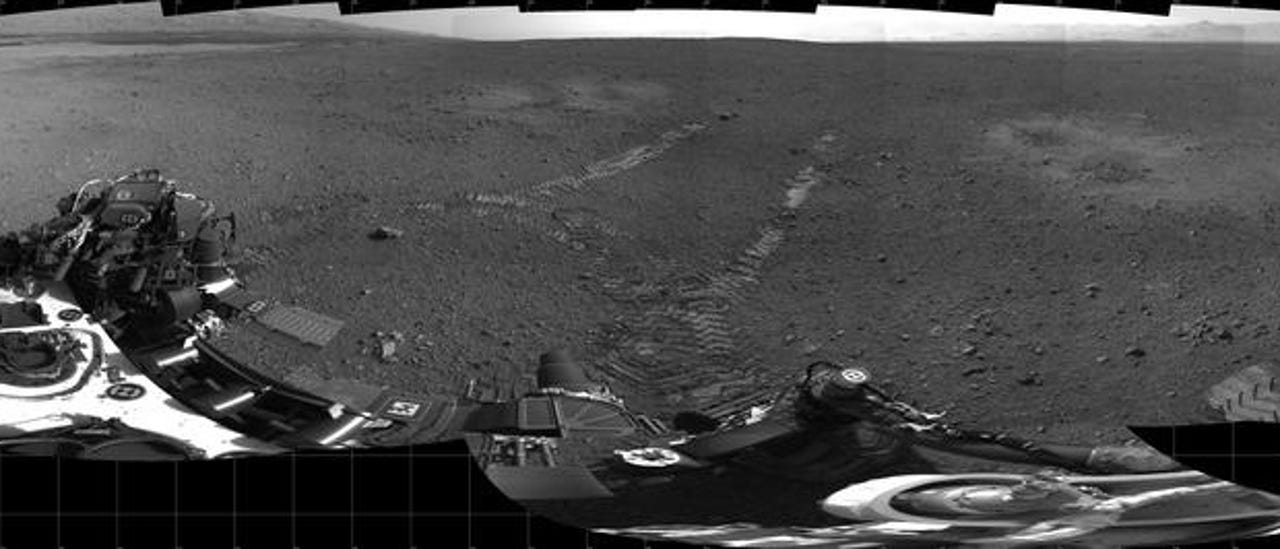Curiosity Mars rover wiggles its wheels and takes a drive

The Curiosity Mars rover really can move, NASA has established.
The mobile laboratory took its first test drive on Wednesday, after wiggling its wheels in preparation. It's not the fastest vehicle in the universe, with a top speed of less than 4cm per second, but its first perambulation was a success.

Curiosity's forward, reverse and turning movements all work, NASA said, adding that the test journey was around six meters long.
It was good news for the team, particularly after they found earlier this week that one of Curiosity's two wind sensors had been irreparably damaged during its landing on 5 August.
"We have a fully functioning mobility system with lots of amazing exploration ahead," lead rover driver (remotely of course) Matt Heverly said in a statement.
NASA also took the opportunity to name the spot where Curiosity landed. The site will now be known as Bradbury Landing, after the science fiction author Ray Bradbury, who wrote The Martian Chronicles, and who died earlier this year.
"Many of us and millions of other readers were inspired in our lives by stories Ray Bradbury wrote to dream of the possibility of life on Mars," Curiosity program scientist Michael Meyer said.
Life on Mars
Life on Mars is indeed deeply intertwined with Curiosity's purpose. The rover's primary mission is to help scientists work out whether Mars ever was inhabitable. To do this, it is analysing the mineral content of rock samples to see what part water might have played in their formation.
However, Curiosity is sending back all sorts of data to scientists on Earth. Part of that data comprises environmental observations, including that of the Martian winds.
On Tuesday NASA said one of Curiosity's wind sensors had been damaged during the landing — it was a relatively exposed instrument, and possibly had some wiring cut by rock fragments. Whatever happened, it's impossible to fix, so NASA is going to have to rely on the remaining wind sensor from now on.
The rover will spend the next few days checking its instruments, before it sets off on an epic 400m journey to its first destination, 'Glenelg', which lies at the intersection between three types of interesting terrain.